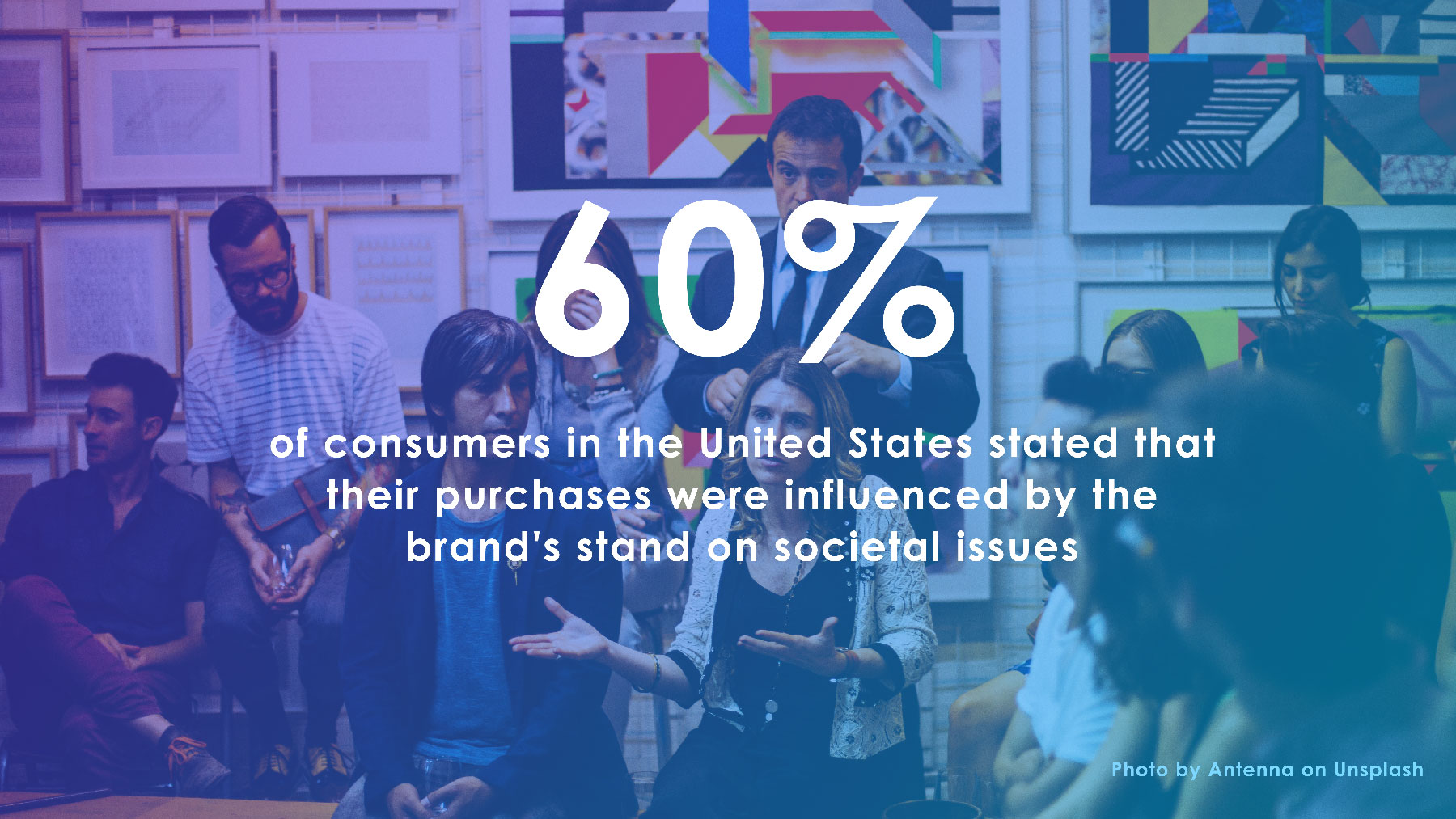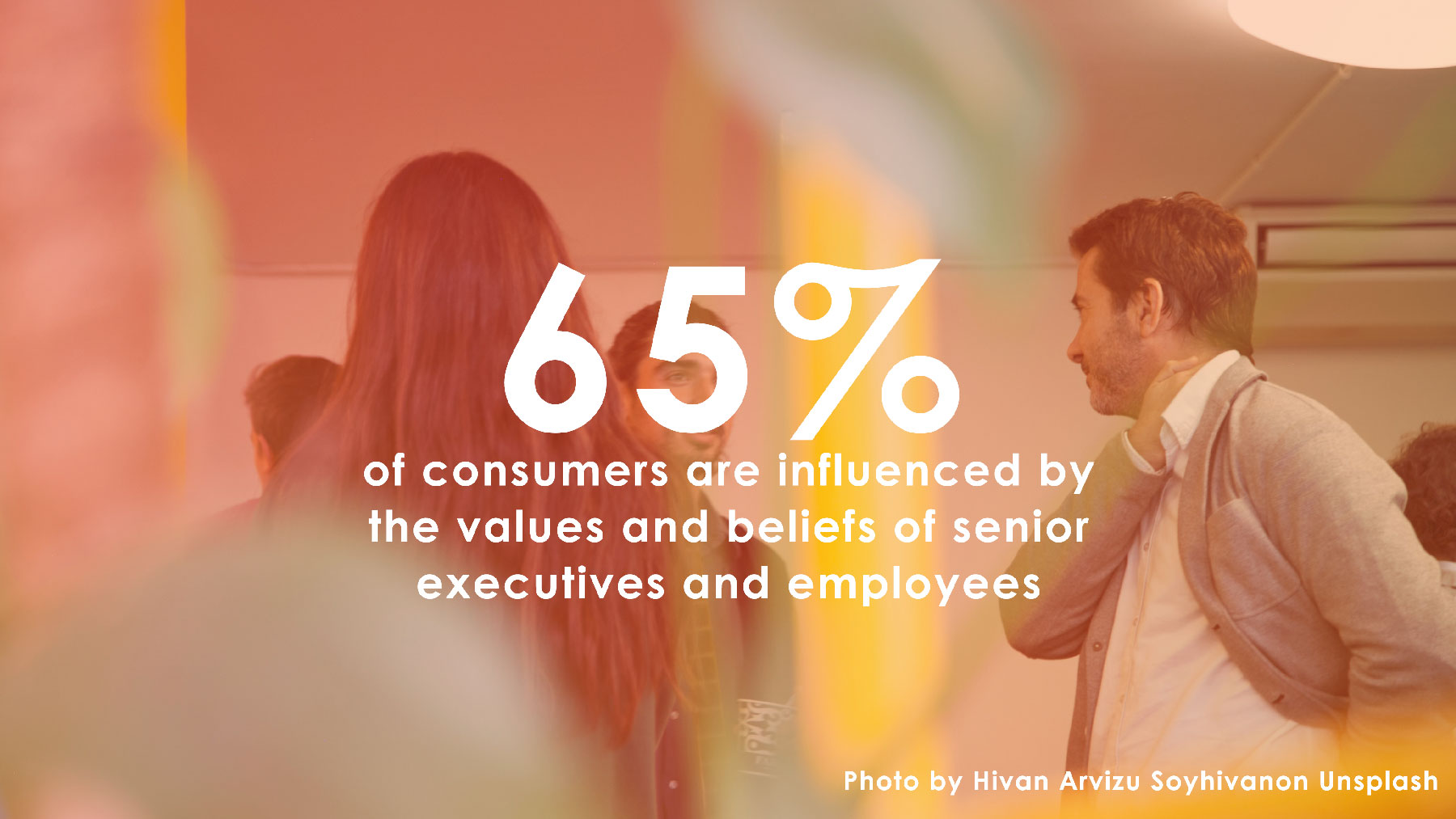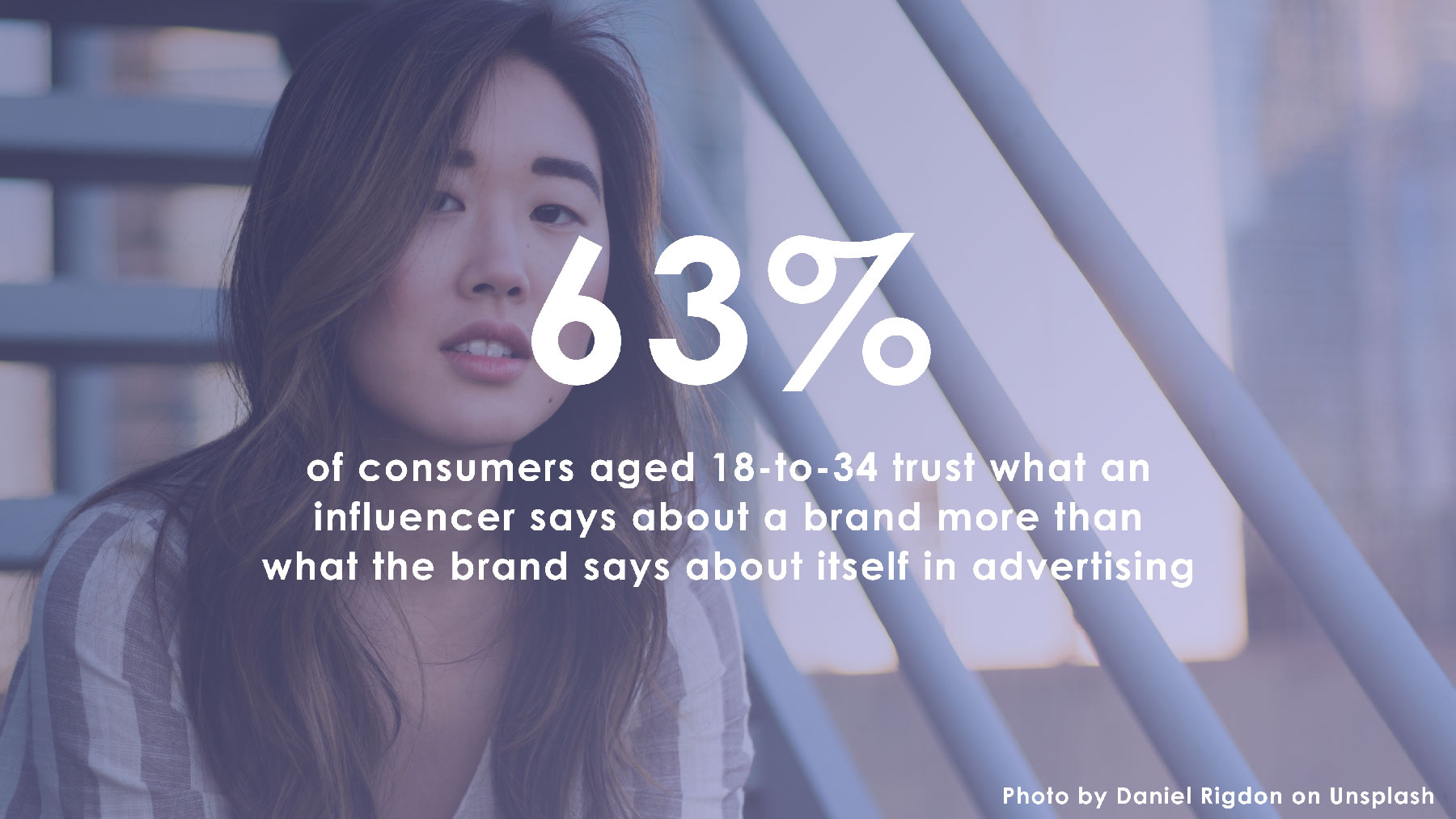There is no such thing as a singular brand story
Learn what a brand story is and how multiple narratives form and evolve as part of a storyverse
Most probably, you have heard before that a brand is like a person. It has traits that we might like or not; it takes action and has a voice. Strategically, it’s a good move to give brands personalities. It makes them more relatable, dynamic and changeable. As such, a brand narrative is not a static structure — it branches out into different storylines with new developments. The new roles of the audience with their increased influence and agency make it more difficult to control these narratives. However, there are ways to embrace this process and make sure it doesn’t stray away from our branding goals.
What is a brand story?
Traditionally when people say “brand story”, many times, they refer to “brand history”. On company websites, we usually find a description of how a brand evolved from the foundation to the present day. Especially for brands with a long legacy, this is an excellent way to present it. For some, their history is an essential element of the brand — like Disney or LEGO. They value their history because it is also strongly connected to generations of customers who knew and loved their products.
Staying focused too much on the past can be a trap, however. We miss some of the important events that shape the brand narrative today by only talking about history, and not the story we are shaping now and in the immediate future. It’s good to remember where we came from, but it’s more important to understand where we stand today. Therefore, a brand story is much more than history or even present events. It reflects values, actions, contribution, relatability, passion and more. And the main carrier of this story is the customer, or as we call it, the audience.
Since it is so integrated with the organisation’s external world, the narrative evolves with new circumstances like customer behaviour changes or social issues. External events can greatly impact a brand narrative in a good or a negative way. According to Statista, in 2019, 60% of consumers in the United States stated that their purchases were influenced by the brand’s stand on societal issues.
Why is there no such thing as a singular brand story?
Considering elements like slogans, labels, tone of voice, mission statements and so forth, a brand is a conversion of these in the audience’s perception. Without customers, guests, and users, there wouldn’t really be a brand narrative. It is not just created for them, but with, and sometimes, by them. With the variety of markets, and contexts — personal and general, it would be impossible to keep a consistent, singular brand narrative. Therefore, a brand is what it is, depending on the environment and the audience’s perception.
A good example of this phenomenon is Airbnb. Many customers know it as a platform for renting someone else’s apartment or house for a short-term vacation stay. Those who have great interaction with local hosts would experience what Airbnb aims as a brand — discovering local culture by meeting with locals and staying in their homes. However, if we take cities like Barcelona or San Francisco, the locals themselves see Airbnb as a driver of rent prices in their area. In their perception, this company is a disruptor of their local environment and not a promoter. The narrative is more complex than the marketing tagline.
The internal brand is an important part of the core story as well. The employees and creators live this story every day and add a special dimension to it. Therefore their relationship with the core narrative can make an immense difference in how the audience sees the brand. According to an Accenture report, 65% of consumers are influenced by the values and beliefs of senior executives and employees.
What makes a brand storyverse?
The first signals companies send into the world, such as the brand message or mission, are the building blocks of their core brand story. This would be the Big Bang, after which, the brand story universe (or storyverse) starts to expand. Narratives form on various channels, communities, among customers, competition and partners — they all contribute to this brand story universe.
In the storytelling realm, a story universe is multiple narratives that share one world. As creators, we add elements to this world that bind these narratives together. It makes our work more interesting, engaging and authentic to the audience. Those binding elements can be a consistent voice across brand channels, staying true to adopted values, the brand ambassadors, communities and so forth. GoPro, for example, has an extraordinary community of creators worldwide. They all share a passion for adventurous photography and filmmaking. The GoPro Sponsorship initiative equips creators with gear and empowers them to tell stories. This way, various brand stories live within this community — each experience with the product is not really focused on the product but on the adventure of capturing exciting views and actions. The audience is now taking storytelling into their own hands and takes it further than the curated channels. It reaches into groups of athletes, filmmakers, artists and more.
The process described above is continuous. Brand managers have to closely observe it, learn from it, and work with it. It doesnt’ mean that they have no control over brand development — obviously, they do, they should, it’s their job. But we are saying that the storyverse goes beyond the initiatives that come from within the organisation. The complete picture is created by a multitude of players.
What is audience-centric storytelling and what does it mean for brand strategies?
One of the most influential players, if not the most powerful, is the audience — the people who receive the marketing messages and experience the brand. Good storytelling is an efficient way to reach the minds and hearts of the audience. Hence, brand storytelling and experiential marketing are strategically applied by many organisations.
Audience-centric storytelling puts the audience in the centre of the action. They are the ones who drive the events and influence their outcomes. Many companies have moved from just presenting who they are to putting the spotlight on the customer and showing how they can change the world. This shift has also changed the role of the audience, making it a writer of the brand narrative. According to an Edelman report, 63% of their respondents aged 18-to-34 trust what an influencer says about a brand more than what the brand says about itself in advertising.
Why can anybody become a brand story guardian?
A brand story guardian is the one who keeps an eye on this living process. They are not necessarily a brand manager or marketing specialist. This role can belong to leaders, ambassadors, designers, creators, on-site staff etc. Their task is to observe and learn how new narratives form and what their impact is on the story universe. They have the power and authority to influence this universe themselves. Organisations should encourage these guardians to be more involved by genuinely making them e a part of the story and its creation. Leaders must understand that such creation of brand narratives doesn’t only rely on the marketing department.
The living brand storyverse
A brand story is a living organism. When we create a narrative and think That’s it! That’s my brand story!; we ignore influences that can be opportunities to grow or possibilities to misguide our audience. Therefore, a core brand story takes new directions following events that happen within the organisation and outside. It’s good practice to observe this process and learn from it to be able to take action at the right moment and in the right place. Staying authentic ensures a stronger connection with the audience and invites them to become a part of the core narrative.
Other posts
Breaking the Silos of Disciplinary Domains
Breaking the Silos of Disciplinary DomainsThe world is becoming increasingly complex and needs open minds and collaboration. Challenges are rarely confined to neat disciplinary boxes, and solutions demand a convergence of professional perspectives. Yet, many...
The Significance of Imitation Collapse
The Significance of Imitation Collapse As AI and other seemingly intelligent technologies polarise the creative industries and their experienced and aspiring professionals on possibilities and use, they also shine a light on a deeper discourse now being amplified and...
Our Lives in the Uncanny Virtuality
Our Lives in the Uncanny Virtuality You may have heard of The Uncanny Valley, and you may have faced it more than once. The phenomenon was first coined and described by the Japanese roboticist Masahiro Mori in an article published in 1970. Mori identified the...
The Past Reimagined
The Past Reimagined Making cultural heritage relevant and popular to new generations When we explore our past, it is not because we want to go back to what our ancestors were but because we search for our connection to the stories, the songs, the lives and the rituals...
Go Beyond the Hype and Embrace the Future You
Unless you have resided under the proverbial rock since summer, it is very evident that we are now in the season of courses and conferences. And let’s be honest, there are some brilliant opportunities to gain both inspiration and knowledge that is applicable to the...
Designing the infinite team network
This week, we were yet again in a creative development meeting with one of our partners in the UK. Next week, we’ll do a follow-up session. For each of these, none of us will leave our respective hometowns of Aarhus or London. Our travel time is down to the time it...
June 27th, 2022
Author: Ecaterina Capatina
Concept developer and Brand Manager at AdventureLAB
Do you want to receive similar articles from us every month? Subscribe to our newsletter “The Experience Economist”.






